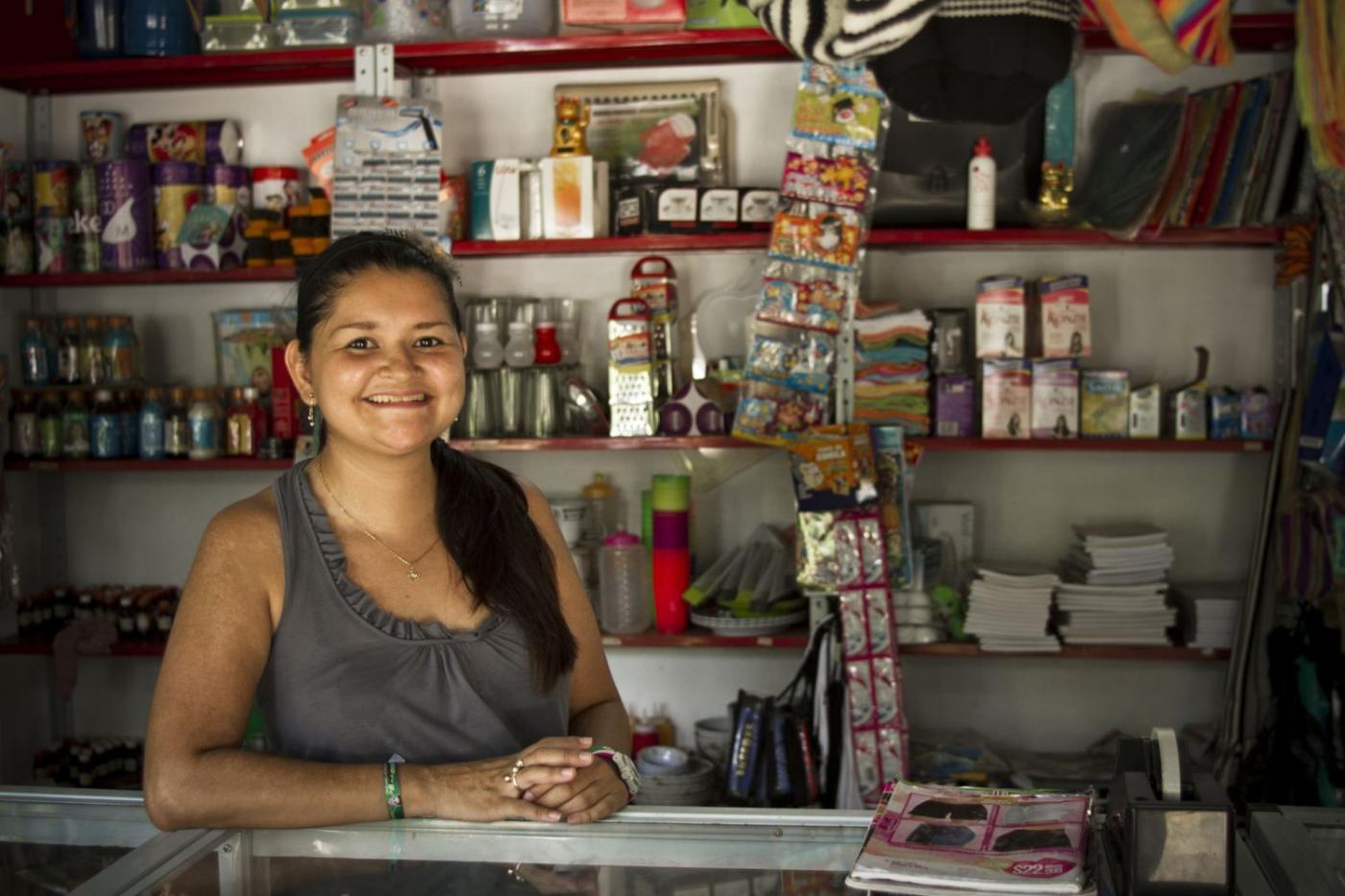Story highlights
Customer-centricity at the base of the pyramid is not straightforward; it’s difficult, it’s different and it requires thinking “forward” about risk-free solutions that the customer wants
Entrepreneurs have different strategies from defined tools that capture problem context and feedback to best practices, like knowing when to slow down and retest your value proposition
Customer-centricity alone is not enough; having ‘impact’ requires innovative distribution networks and strategic financing to alleviate customer pains
Scaling impactful, customer-centric, inclusive businesses takes co-creating value propositions, user-centred design, and cross-sector partnerships with multiple stakeholders
According to Rama Bijapurkar, “consumers at the Base of the Pyramid (BoP) demand innovative, forward-looking products and services that meet their varying and complex needs.” And yet, to use Caroline Ashley’s words, it is “difficult” and “different” to actually implement customer-centricity in the “large” and “heterogenous” markets of the BoP.
The large and heterogenous markets of the BoP. Photo credit: GIZ / Dirk Ostermeier
Lucie Klarsfeld McGrath and Yasmin AlKhowaiter offer three lessons to help entrepreneurs to actually practice customer-centricity, like “understanding and responding to people’s aspirations” through products and services that are high quality and risk-free.

BoP customers are looking for products and services that are high quality and risk-free. Photo credit: © GIZ / Dirk Ostermeier
Chandrima Das and Akshay Kohli point out that there is a disconnect between market-ready, financed energy solutions and customer adoption. But these issues aren’t limited to the energy sector; Vaneshi Manuturi echoed this sentiment, explaining that “well-intentioned solutions that turn out to be ineffective are a dime a dozen across all sectors.”

Across all sectors, well-intentioned solutions for the BoP too often turn out to be ineffective. Photo credit: RegencyFoundationNetworx
According to Alexis Bonnell, the key for the entrepreneurs at Evidence Action was “getting in their customer’s shoes to identify the key drivers of adoption,” which required the courage to slow down and identify challenges to a major funder. In this case, being customer-centric unearthed the need to pivot, illuminating a point made by Ella Gudwin: “value propositions are not static.”

A woman that picks coffee. She is glad to use her new glasses as they truly improve her daily life. Photo: Credit: Vision Spring
But to be an inclusive business, you must also have your intended impact, which can require more than just customer-centricity. In the case of Katherine Lucey this meant being customer-centric in not only the product (solar lighting solutions), but also the distribution model (developing women entrepreneurs) to reach “the last mile.”

Developing women entrepreneurs is important to strengthen distribution models, which in turn is key to being customer-centric. Photo Credit: Fundacion Capital
And even once all the work has been done to develop a product and distribution with consumers, that they want, Ahmed Abbas reminds us that there is a “gap in financing available… for [those] who have difficulties affording new products,” meaning there are other hurdles to overcome.

When entrepreneurs have developed a product and distribution with consumers for a product that they want, it is important to ensure they can afford the new product. Photo Credit: Fundacion Capital
Stuart Hart’s suggested strategy therefore is “the dance of co-creation,” where corporate global best practices and technologies from the company are married with the local knowledge, skills, and aspirations of the local community. Could this help entrepreneurs like Abbas overcome the financing gap he faces in Egypt?

The knowledge, skills, and aspirations of communities are important when companies want to reach customers effectively. Photo Credit: © GIZ / Susann Tischendorf
Alternatively, are there opportunities to consider customer-centricity when building cross-sector partnerships? Which brings us to Niti Bhan, who leaves us to ponder the question, “who exactly are we designing solutions for?”
Equally important is that companies know whom they are designing solutions for. Photo Credit: GIZ / Dirk Ostermeier
Ana Pantelić points out that answering this question and being customer-centric requires “investments in patient, relationship-building capital” across multiple stakeholders, including financial institutions, governments, and funders.

Being customer-centric requires a strong commitment to relationship-building. Photo Credit: Fundacion Capital
Tackling the topic of customer-centricity effectively requires a thorough and integrated approach to all these issues. The variety of contributions to this edition of the online magazine provides insightful suggestions on how to do so.



